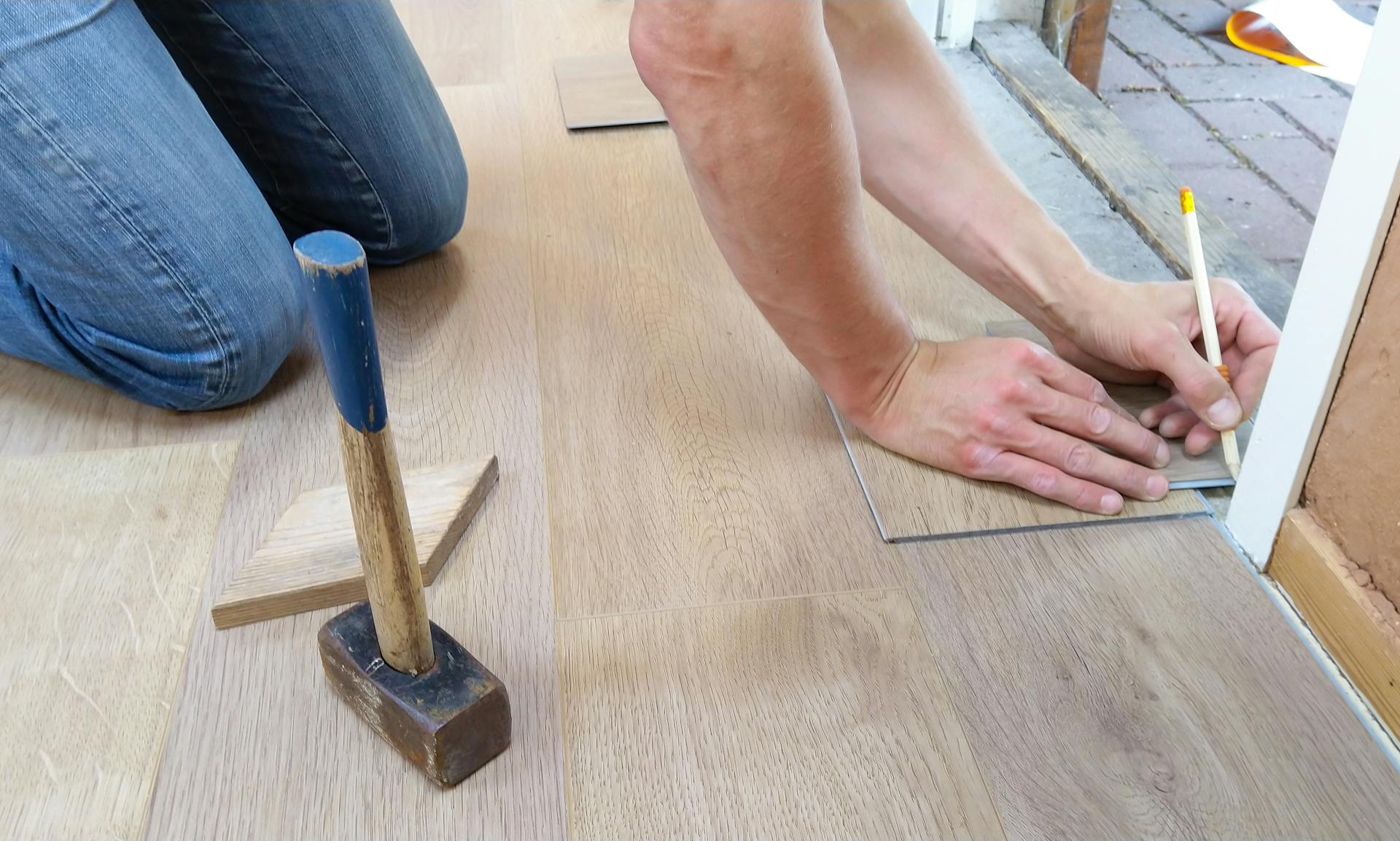Renovating an older house can be an exciting opportunity to modernize and improve its functionality, aesthetics, and overall value. However, determining where to start with renovations in an old house can be daunting, especially when considering the scope of work and budget constraints. To help prioritize your renovation efforts effectively, here are several key areas to consider renovating first.
1. Assess Structural Integrity and Safety
Before diving into cosmetic upgrades, prioritize renovations that address structural integrity and safety concerns:
- Foundation and Structural Repairs: Address any issues with the foundation, walls, roof, or load-bearing elements to ensure stability and prevent further damage.
- Electrical and Plumbing Systems: Upgrade outdated electrical wiring, plumbing pipes, and fixtures to meet current safety codes and improve efficiency.
- Insulation and Weatherproofing: Enhance insulation in walls, attics, and crawl spaces to improve energy efficiency and indoor comfort and consider upgrading windows and doors for better insulation and security.
By addressing structural and safety issues first, you lay a solid foundation for subsequent renovations and ensure the long-term stability and safety of your home.
2. Focus on Functional Spaces
Prioritize renovations that enhance the functionality and usability of essential living spaces:
- Kitchen: Upgrade kitchen appliances, cabinets, countertops, and flooring to improve functionality, storage, and aesthetics. Consider reconfiguring layouts to optimize workflow and usability.
- Bathrooms: Renovate bathrooms to update plumbing fixtures, replace worn-out tiles or flooring, and improve ventilation. Enhance functionality with modern amenities and accessible design features if needed.
- Utility Areas: Upgrade laundry rooms, mudrooms, and storage spaces to increase efficiency and organization, considering storage solutions and utility access points.
By improving functional spaces, you enhance daily living experiences and increase the overall appeal and value of your home.
3. Enhance Energy Efficiency
Invest in energy-efficient upgrades to reduce utility costs and environmental impact:
- HVAC Systems: Upgrade heating, ventilation, and air conditioning (HVAC) systems to improve energy efficiency and indoor comfort. Consider installing programmable thermostats and energy-efficient appliances.
- Insulation and Sealants: Improve insulation in attics, walls, and floors to minimize energy loss and maintain consistent indoor temperatures. Seal gaps around windows, doors, and ducts to prevent drafts and enhance efficiency.
- Energy-Efficient Lighting: Replace outdated light fixtures with LED bulbs and energy-efficient lighting solutions to reduce electricity consumption and enhance lighting quality.
Enhancing energy efficiency not only lowers operating costs but also increases the overall value and sustainability of your home.
4. Address Cosmetic Upgrades
Once structural, functional, and energy-efficient improvements are addressed, focus on cosmetic upgrades to enhance aesthetics and personal style:
- Interior Finishes: Update paint colors, flooring, and trim to refresh interior spaces and create a cohesive design theme throughout your home.
- Exterior Enhancements: Improve curb appeal with landscaping, exterior paint or siding upgrades, and entryway improvements to make a positive first impression.
- Personalization: Customize living spaces with decorative accents, furniture upgrades, and artwork that reflect your personal taste and lifestyle preferences.
Cosmetic upgrades add the finishing touches to your renovation project, enhancing visual appeal and creating a comfortable, inviting environment.
5. Consider Long-Term Value and Return on Investment
When prioritizing renovations, consider the long-term value and potential return on investment (ROI) of each improvement:
- Market Trends: Research current real estate market trends and buyer preferences in your area to prioritize renovations that increase property value and appeal to potential buyers.
- Quality Materials: Invest in durable, high-quality materials and craftsmanship for renovations that offer long-term durability and maintenance savings.
- Consultation with Professionals: Seek advice from real estate agents, architects, or renovation experts to prioritize renovations that align with your budget, goals, and market expectations.
By focusing on renovations that enhance both immediate livability and long-term value, you can make informed decisions that maximize ROI and satisfaction with your home renovation project.
Renovating an old house involves strategic planning, prioritization, and careful consideration of structural, functional, energy-efficient, and aesthetic improvements. By addressing structural integrity and safety concerns first, followed by functional upgrades, energy-efficient enhancements, cosmetic improvements, and considerations of long-term value, you can transform your old house into a modern, comfortable, and sustainable home. Prioritize renovations that align with your budget, lifestyle needs, and market expectations to achieve optimal results and enjoy the benefits of an upgraded living space for years to come.




